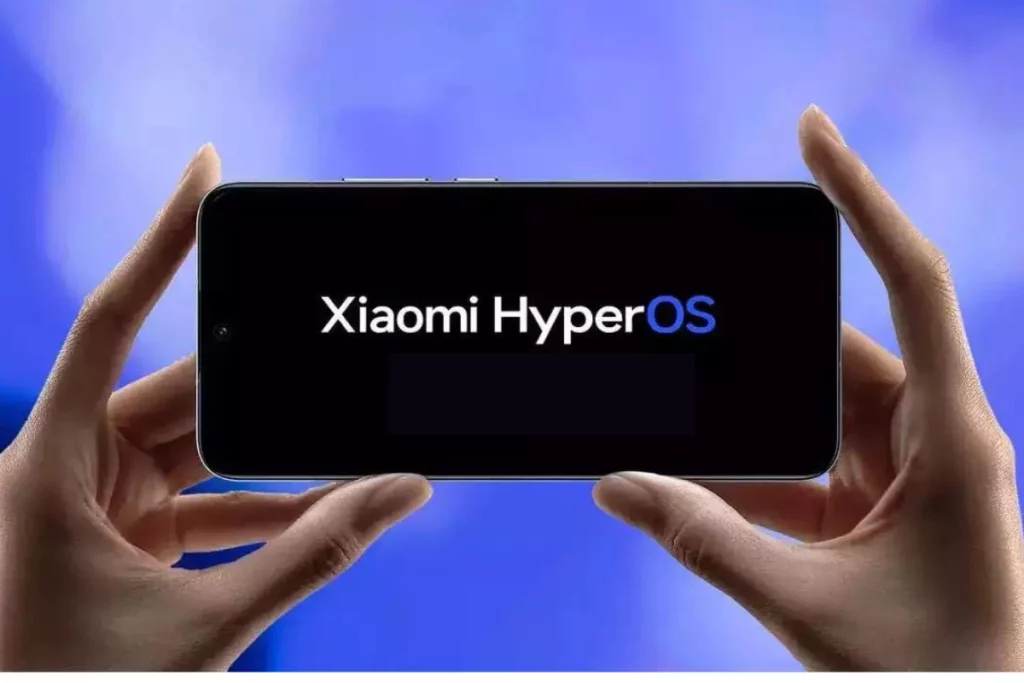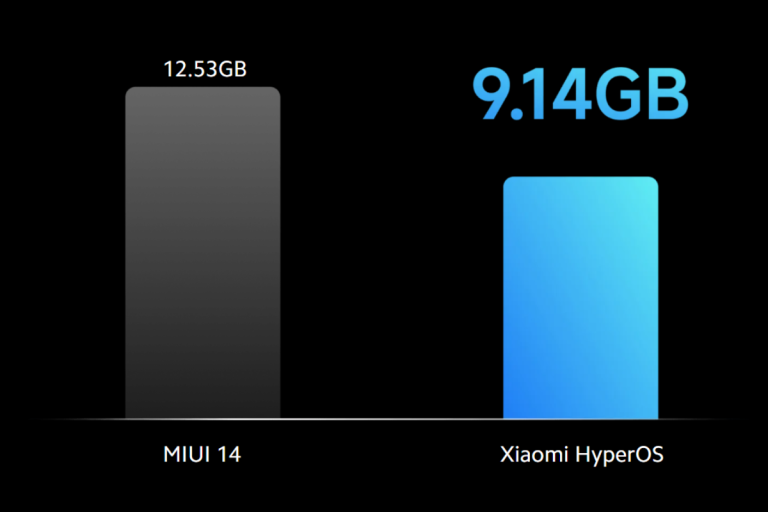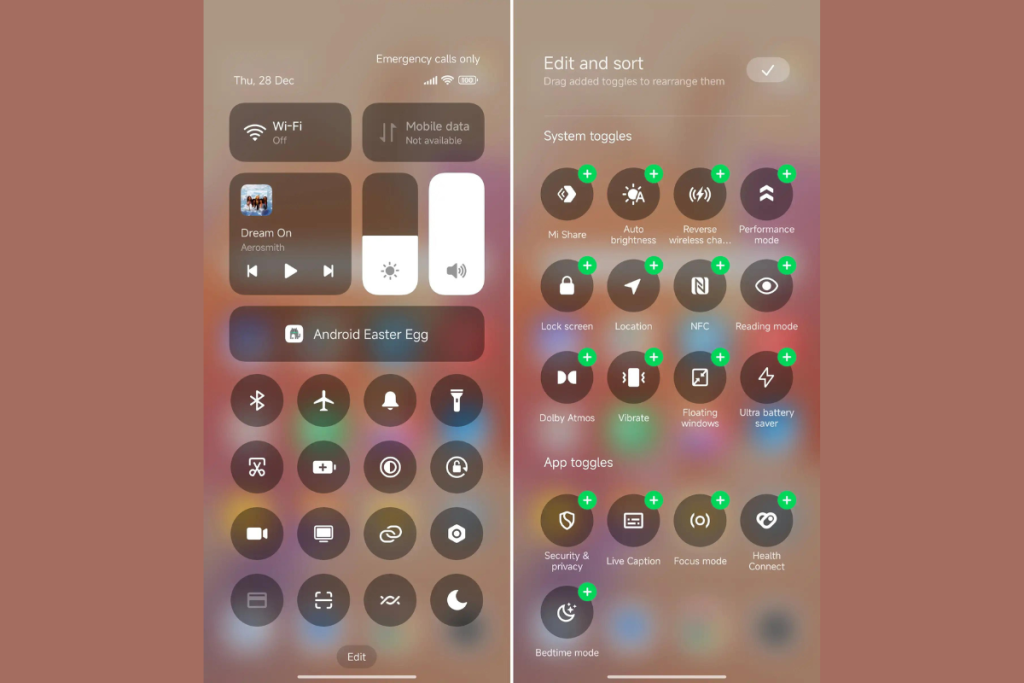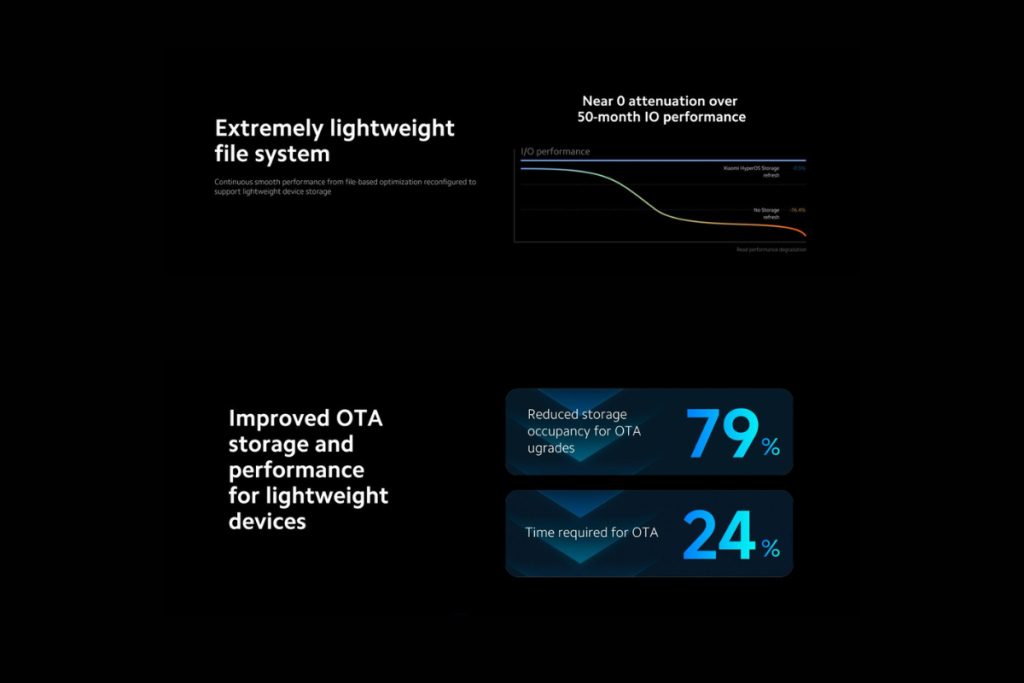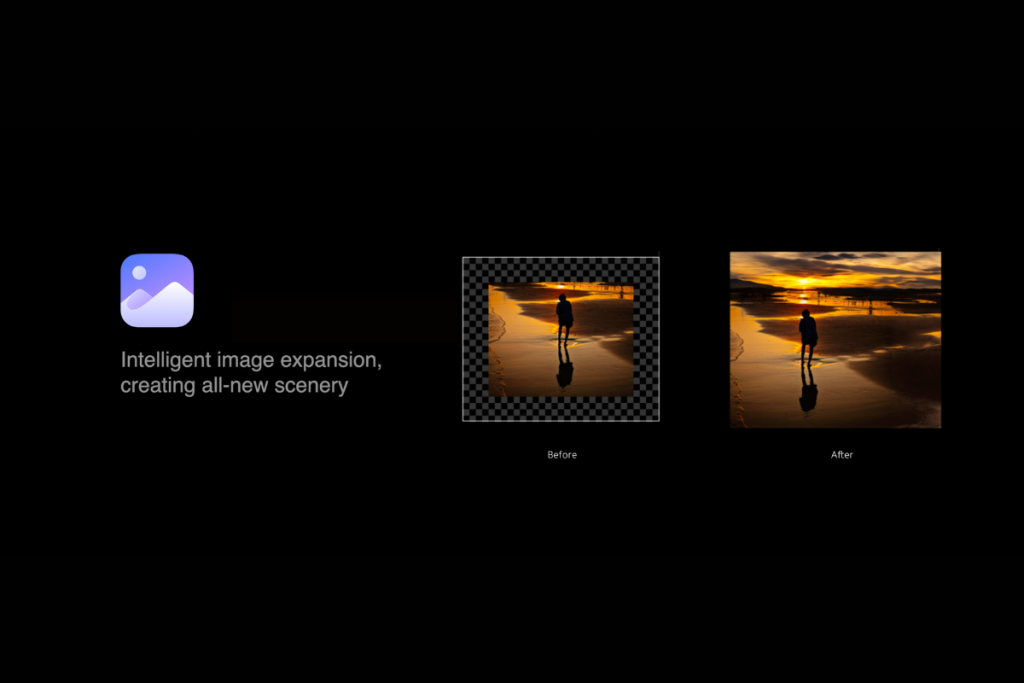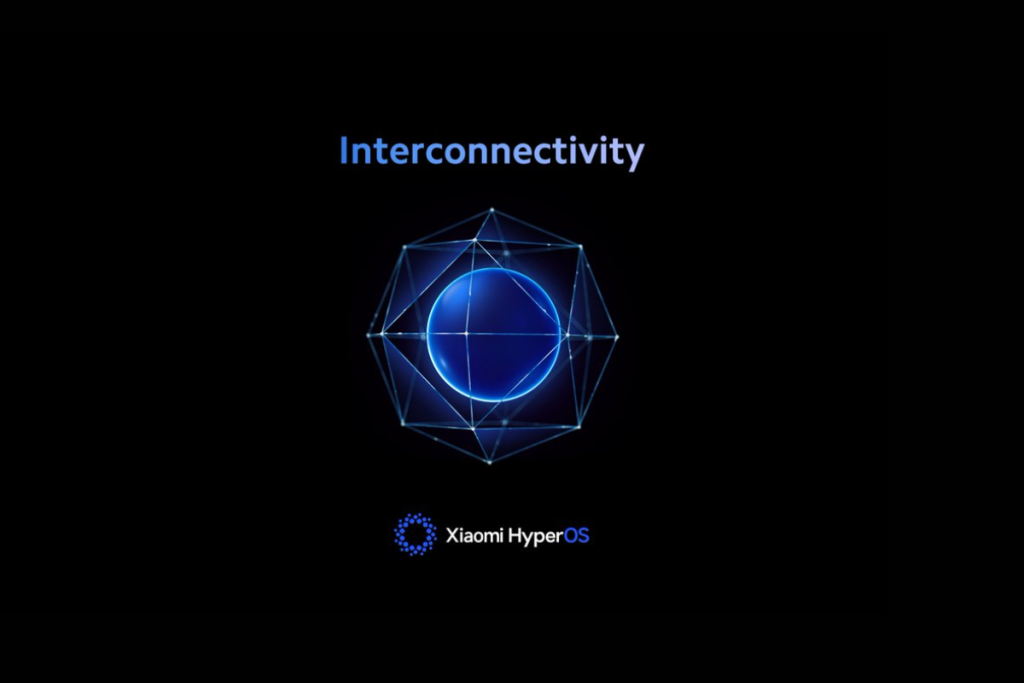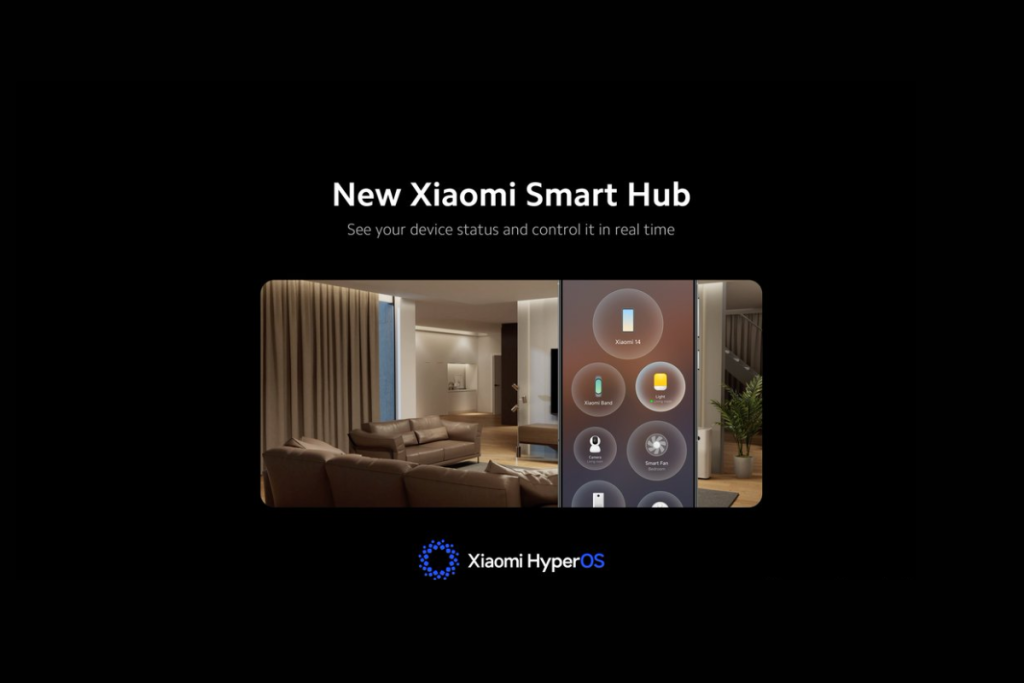HyperOS is the new OS from Xiaomi with a lot of changes on the granular level. While it brings some cool features and necessary improvements, not everything in HyperOS is worth praise.
If you want to switch to the new OS, you must read this article before hitting the install button. To help you make the right choice, I’ll share the top 5 things I like about Xiaomi’s new OS and 5 things I don’t.
Also Read: HyperOS vs MIUI: 10 Things You Must Know
Top 5 Things I Like About HyperOS
1. Lightweight & Minimalist Experience
HyperOS takes less space than MIUI, that too by a significant margin. In terms of absolute numbers, the new OS takes 9.14GB of storage, whereas MIUI requires more than 12GB of internal storage. So, HyperOS is lightweight compared to MIUI.
Xiaomi has greatly focused on keeping a minimalist experience. The Control Center icon labels are gone (by default), though it can be reverted via Settings. The new OS has a less cluttered visual design and streamlined icons.
HyperOS removes many pre-installed apps found in MIUI for a cleaner experience. It also lets you remove many of the pre-installed apps (bloatware).
2. Improved Performance
Xiaomi has brought many under-the-hood optimizations to HyperOS, resulting in smoother animations and better performance. The average scheduling latency for critical tasks is reduced by 14%, and the maximum scheduling latency is reduced by 72%.
HyperOS also promises at least a 50-month performance degradation-free experience. Xiaomi claims a 79% reduction in storage occupancy for OTA upgrades and 24% less time for OTA upgrades. This means faster OTA rollouts and downloads.
3. AI Features
Since many smartphone giants are aggressively releasing AI features, Xiaomi didn’t want to lose the race. They have also joined the club by adding many AI features to HyperOS.
Google’s Pixel phones were the first to offer AI-related features, and then Samsung doubled down on it by introducing groundbreaking AI features on the Galaxy S24 series. HyperOS also promises many AI features, that too, without having to connect to the cloud, thanks to NPU optimizations.
The HyperOS-running Xiaomi phones can transcribe live conversations and generate subtitles in videos and third-party apps. The default Gallery app gets a big boost with AI features. It offers AI Portrait by analyzing a database of your existing photos. You get the ability to change the environment of the AI-generated portrait.
Want to try different dressing styles or travel to different places? Explore the AI portrait function to get your ever-changing style easily!
— Xiaomi HyperOS (@XiaomiHyperOS_) March 20, 2024
👉Learn more: https://t.co/RZF54YWYSJ#XiaomiHyperOS #Xiaomi #gallery #AI #portrait pic.twitter.com/CIdEQRnXnN
The Gallery app also features AI Expansion. It’s another AI editing tool that allows you to expand the scene in an existing photo.
4. Xiaomi Ecosystem
One of the most important aspects of HyperOS is “interconnectivity.” With the new OS, the Chinese tech giant aims to create a unified system for Xiaomi devices, which includes smartphones, tablets, smart home gadgets, and cars, to name a few.
The new Xiaomi Smart Hub in HyperOS lets you see the device status and control it in real time. There’s a shortcut for it in the Control Center for quick access.
5. Lock Screen Customizations
One aspect where HyperOS really stands out from other Android custom skins is the lock screen customization, though it’s inspired by iOS. Xiaomi calls it an “Artistic Lock Screen”.
HyperOS offers various lock screen designs categorized into Classic, Rhombus, and Magazine. Among the customization options is the depth effect, which makes the lock screen more appealing.
#XiaomiHyperOS added 2 new lock styles, supporting you to personalize the widgets, displayed information and many more. Have you tried it?
— Xiaomi HyperOS (@XiaomiHyperOS_) March 11, 2024
💡Tips: Settings > Wallpaper > Lock style#LockStyle #LockScreen #SystemApps #Xiaomi pic.twitter.com/jVjpEcWF0K
Also Read: Top 6 HyperOS Features You Absolutely Can’t Miss
Top 5 Things I Didn’t Like About HyperOS
1. Less-Functional Dynamic Notch
Inspired by iOS, Xiaomi has added a Dynamic Island-like feature to the HyperOS. They don’t have a name for it, however, many calls it Dynamic Notch. Xiaomi isn’t the first brand to copy Apple’s Dynamic Island, several Android manufacturers have done it in the past, including Realme, Infinix.
Dynamic Island on iPhones is aesthetically pleasing and useful, but not on Android. As I write this post, the Dynamic Notch on HyperOS-running Xiaomi phones only works on a few occasions, such as when activating DND, switching to silent mode, or turning on the mobile hotspots.
Although it’s cool to have visual elements, the restricted uses greatly disappointed me. Hopefully, it will get better with future updates.
2. Bugs and Errors
There have been a lot of complaints from Xiaomi users since they upgraded to HyperOS. Most of them say the device crashes often, and apps won’t open.
The new OS is still under development and is actively being refined to offer a better experience. It’s not as if that you’ll definitely face these problems after installing the HyperOS update, but there’s some chance.
3. Fewer Customizations
While I appreciate the lock screen customizations in HyperOS, the overall customization is not great. The new OS doesn’t let you adjust minute details like the exact shape of notification corners and animation speed variations, which you could do in MIUI.
Overall, HyperOS is less customizable compared to MIUI.
4. Feels Like MIUI
After switching to HyperOS, you’d hardly be able to notice any difference until you start digging it further. Xiaomi has put major efforts in making the under-the-hood changes.
HyperOS doesn’t bring major changes to the UI or any groundbreaking features. It’s simple, minimalist, and fast.
5. Slow Rollout
Xiaomi has not been aggressive when it comes to rolling out software updates. I expected the Chinese brand to speed up the update rollout after the HyperOS arrival but hasn’t observed a major difference.
So, that’s it for this post. If you have already made the switch to HyperOS and are thinking of coming back to MIUI, check out this article on how to downgrade from HyperOS to MIUI.
If you are waiting for the HyperOS update, check out the list of devices that have already received the update.

